Not sure about what you want, because it seems there are something of inconsistent between your request and the desired output, however lets try, it seems you need a kind of frequency table, that you can manage with basic R. At the bottom of the answer you can find some data similar to yours.
# You have two cases, the Complete, and the other, so here a new column about it:
data$case <- ifelse(data$Completion_status =='Complete','Complete', 'MorIn')
# now a frequency table about them: if you want a data.frame, here we go
result <- as.data.frame.matrix(table(data$Location,data$case))
# now the location as a new column rather than the rownames
result$Location <- rownames(result)
# and lastly a data.frame with the final results: note that you can change the names
# of the columns but if you want spaces maybe a tibble is better
result <- data.frame(Location = result$Location,
`Number.complete` = result$Complete,
`Number.incomplete.missing` = result$MorIn)
result
Location Number.complete Number.incomplete.missing
1 London 0 1
2 Los Angeles 0 1
3 Paris 3 1
4 Phoenix 0 2
5 Toronto 1 1
Or if you prefere a dplyr chain:
data %>%
mutate(case = ifelse(data$Completion_status =='Complete','Complete', 'MorIn')) %>%
do( as.data.frame.matrix(table(.$Location,.$case))) %>%
mutate(Location = rownames(.)) %>%
select(3,1,2) %>%
`colnames<-`(c("Location","Number of complete ", "Number of incomplete or"))
Location Number of complete Number of incomplete or
1 London 0 1
2 Los Angeles 0 1
3 Paris 3 1
4 Phoenix 0 2
5 Toronto 1 1
With data:
# here your data (next time try to put them in an usable way in the question)
data <- data.frame( ID = c("A1","A1","A2","A2","B1","C1","C2","D1","D2","E1"),
Location = c('Paris','Paris','Paris','Paris','London','Toronto','Toronto','Phoenix','Phoenix','Los Angeles'),
Completion_status = c('Complete','Complete','Incomplete','Complete','Incomplete','Missing',
'Complete','Incomplete','Incomplete','Missing'))

